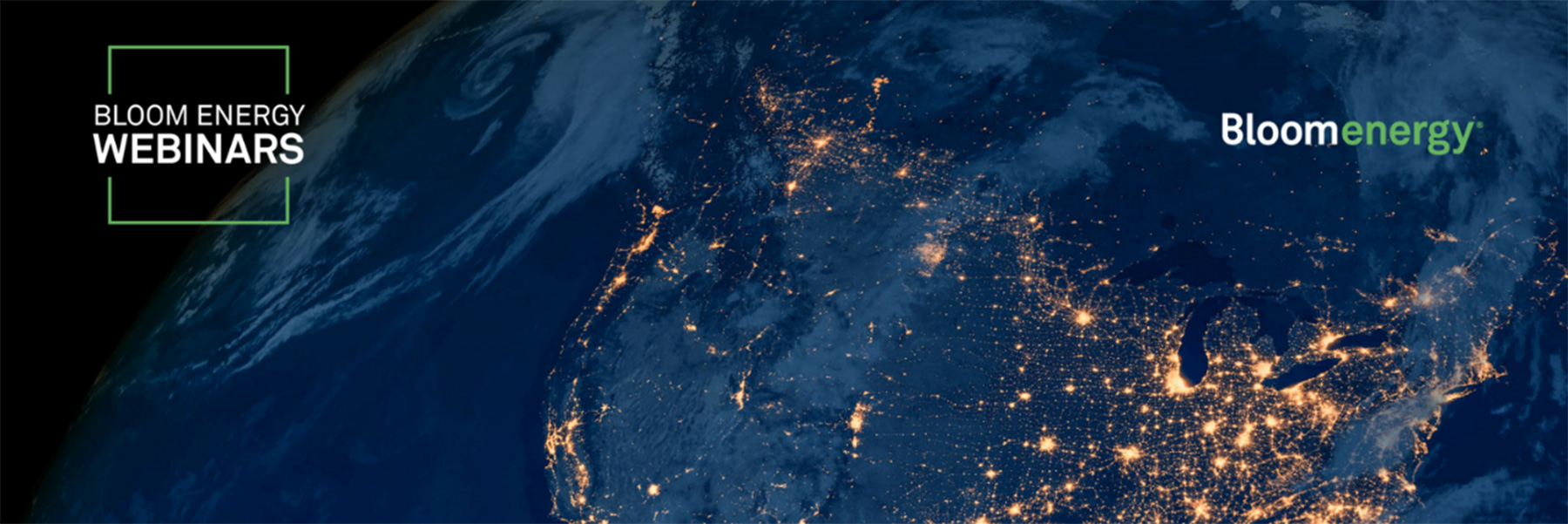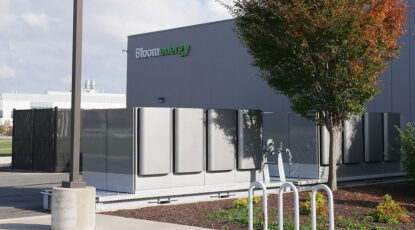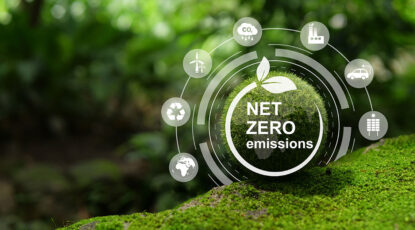2020 has been a year riddled with challenge. As the world emerges from collective lockdown and slowly fights its way back to normalcy, U.S. energy markets stand at a crossroads. We took a look at the big inflection points of 2020 – here are the things we all should be thinking about as we move into 2021.
2020’s Biggest Stories: Inflection Points Shaping the Outlook
- COVID-19 – Like all industries, the utility industry faces its own challenges from the COVID-19 pandemic.
- The Climate Crisis – Natural disasters and extreme weather highlight the urgency of climate action and critical importance of improving energy system resiliency.
- Policy Push for a Clean Future – Pressure is mounting for our electric system to get cleaner, faster.
COVID-19 and Utilities
Changing consumption patterns are causing revenue shortfalls, customer undercollection
COVID-19 has understandably been a challenge for utilities. Shutdowns and shelter-in-place mandates had a noticeable impact on energy consumption patterns across the country.
Like everyone, utilities built their 2020 sales forecasts assuming business as usual, and could never have accounted for the pandemic’s impacts.
Year-over-year energy consumption is down significantly, as usage has shifted away from businesses and into the home. Compounded by the undercollection stemming from customers inability to pay bills due to financial hardship, this drop in demand has translated into utilities bringing in far less revenue from ratepayers.
Related: Utilities Challenged by Shortfall from Unpaid Bills

Total generation is down in every region, commercial & industrial sales significantly
Sources: EIA Utility Scale Facility Net Generation; EIA Sales of Electricity to Ultimate Customers
Impacts on Rates and Ratepayers
Why does this change in consumption matter? Because utilities provide an essential service to society, they operate under a unique business model. For most major U.S. utilities, revenues are guaranteed each year, no matter how much electricity is sold. If they are selling fewer kilowatt hours, then they need to raise the cost of each kilowatt hour in order to cover the cost of providing reliable electric service.
Under normal circumstances, utilities make up for minor revenue shortfalls by routinely adjusting rates each year. However, the potential size of the adjustments needed to recoup 2020 shortfalls is so large that a number of Public Utilities Commissions are grappling with how to avoid a shock to ratepayers in 2021. Some states are discussing spreading rate increases out over several years to better protect customers, while ensuring the utilities eventually have the funds they need.

The Climate Crisis
Climate resilience is now a strategic imperative for utilities and businesses alike.
Wildfires, storms, hurricanes – nearly every geographic region across the nation felt the new reality of extreme weather this year. The rising frequency and intensity of these events in recent years underscores a critical need for greater grid resilience. Disasters in California, the northeast, and the Gulf this year showed how disruptive widespread, long-lasting power outages can be to communities. The scale of the problem is difficult to address.

Depicts the stark rise in frequency and total cost of U.S. billion-dollar weather and climate disasters weather events in the U.S. since 1980. The last two decades have seen a 205% increase in combined costs, compared to numbers from earlier decades.
Source: NOAA National Centers for Environmental Information (NCEI) U.S. Billion-Dollar Weather and Climate Disasters (2020). https://www.ncdc.noaa.gov/billions/, DOI: 10.25921/stkw-7w73
Utilities understand these escalating events threaten grid stability, and that they must deploy significant resources to prevent the severe customer impacts. As the operators of our energy system, they find themselves in an unenviable position – needing to solve for both the causes and consequences of our changing climate.
Investing in Resiliency

For utilities, resilient service requires large-scale investment in physical infrastructure. Grid hardening programs are underway in every region, but upgrading such a complex system is expensive, and takes years to properly execute. Escalating climate impacts risk outpacing the billions of dollars utilities are spending to implement their plans.
Stakeholders across industries grapple with the question of how to prepare for more intense natural disasters, while still maintaining course toward achieving their climate targets. This has elevated the discussion around energy independence and the essential role distributed generation and microgrids play in combating this new normal.
Related: Energy independence is more important than ever. Here’s why.

Policy Push for a Clean Future
The race to find a resilient, scalable way to decarbonize is more important now than ever before. There are many points-of-view on solving this, but ultimately a collaborative approach is needed to reach a zero-carbon future.
U.S. States Leading the Charge
States are taking strong action to respond to the same climate crises as the utilities. A number of new mandates and targets lay out an aggressive vision for a zero-carbon future, some with deadlines as near as 2035.

Now, with political tides shifting as a result of the 2020 presidential election, states that have been driving increasingly aggressive renewable energy targets may soon be joined by a renewed federal effort around climate action.
A wildcard heading into 2021 is the Biden Climate Plan. The President-Elect stated that his goal is to set a standard for 35% carbon-free electricity by 2035 and put our nation on a path to a net-zero economy by 2050.
His surrounding political landscape will dictate how much is immediately put into action, but it’s very clear that this administration will be making climate action and clean energy investment a priority.
Utilities are on the front line of implementing these requirements, and will be expected to help bridge the gap from where we stand today to actualizing tomorrow’s vision of a zero-carbon future. With more than half of our electricity still generated by fossil fuel, utilities must lead a massive investment in new, clean resources and the transmission and distribution infrastructure needed to reliably integrate them with the grid.

The Path Forward
Preparing for 2021 and Beyond
It’s clear these three big trends are closely intertwined. COVID-19 has added a near-term roadblock to an already difficult environment which will require significant investment over the next several years.
- What this means for utilities:
- COVID-19 + Extreme Weather = lower overall consumption, higher overall costs -> utilities cannot control this.
- There are a lot of underlying pressures driving up the cost of energy for retail customers, even as the wholesale price of energy and renewable energy continues to decline.
In a broad sense, utilities are facing challenges that are out of their control. COVID-19 has been a shock for everyone but it remains to be seen whether that will represent a permanent or temporary shock to the industry.
Fortunately, challenges for customers are not as daunting. Businesses and communities are ready to invest in solutions that provide safe, reliable, AlwaysON power.
- What this means for businesses:
- On climate, businesses can make decisions to get cleaner power today. This doesn’t just help them, it helps the system.
- What you pay for power, how clean and how resilient it is (on-site generation) is in your control.
Have a Plan, Take Control
- Calls to action – how we can all work together to achieve our goals.
- Have a plan, take control – lots of things are outside of our control, but take action and gain control where you can with new technology and innovative solutions.
- Utilities have complex systems they are working to improve, but businesses can help by breaking off smaller challenges – supporting utilities and improving the grid at large.
Utilities are making progress and we all want them to succeed but they can only go so fast – so how can we help accelerate toward a more resilient energy system?
There’s never been a better time for distributed generation.
Now is the time to make a strategy for diversification. Bring cost, resilience, and sustainability under your control, while working together with the broader system to address larger challenges.
 Brian Wang Brian is a strategy and analytics professional with more than 10 years of experience in the energy industry. At Bloom Energy, he oversees research and analytical efforts on electric utility markets, helping customers evaluate project value, and guiding go-to-market strategy for the company.
Brian Wang Brian is a strategy and analytics professional with more than 10 years of experience in the energy industry. At Bloom Energy, he oversees research and analytical efforts on electric utility markets, helping customers evaluate project value, and guiding go-to-market strategy for the company.




